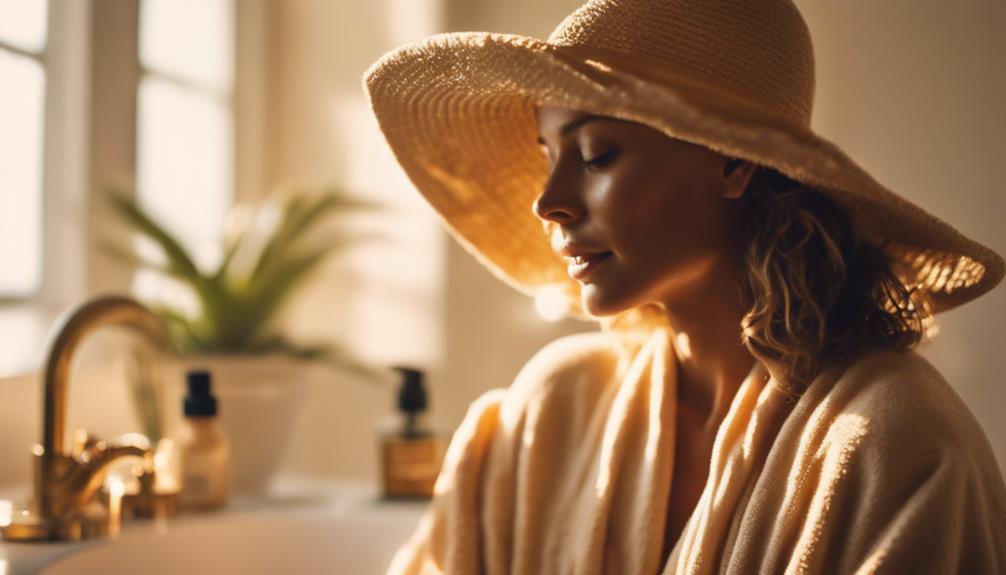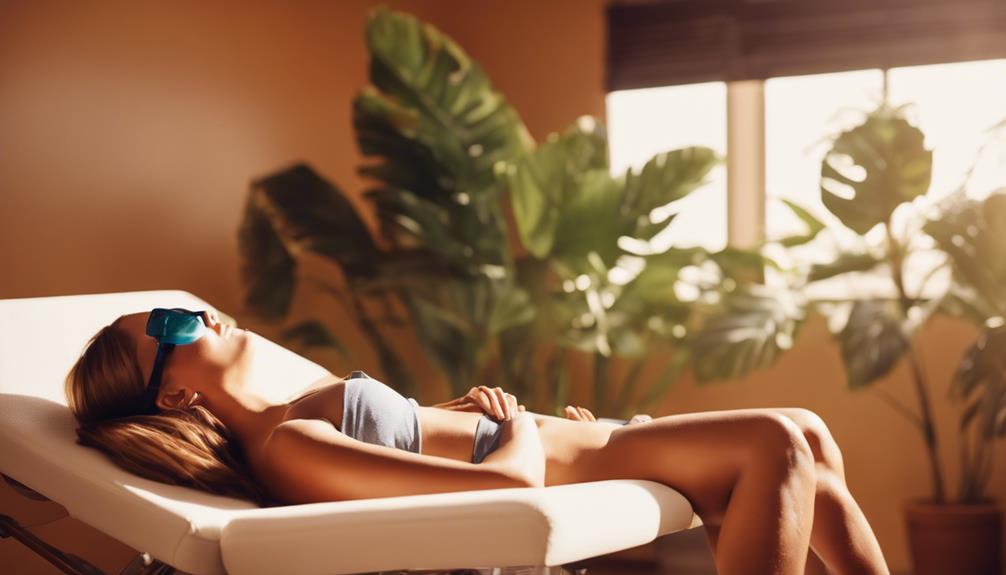Did you know certain zodiac signs are seen as more attractive? Taurus, Libra, and Pisces risings are thought to be so. They are under Venus’s influence, the planet of love and beauty. This link between astrology and attraction is intriguing. It shows how zodiac signs might tell us about someone’s charm.
As we explore astrology, it becomes more than old myths. It turns into a tool for bettering ourselves. By knowing our zodiac traits, we learn about our charm and how we interact with others.
Key Takeaways
- Taurus, Libra, and Pisces rising signs are linked to attractiveness due to Venus’ influence.
- Well-aspected moon traits often bring out an inner radiance in individuals.
- Multiple planets in the fifth house contribute to enhanced personal style.
- Harmonious Venus aspects with personal planets can enhance charm.
- Astrology serves as a practical guide for self-improvement.
The Connection Between Astrology and Personal Charm
The link between astrology and charm connection is fascinating. It shows how the traits of your zodiac sign can shape your charm. Every sign has unique features that influence how people see us. This makes individuals delve into their astrological signs to understand their actions and charm better.
Libras, for example, are going through a week focused on balance and harmony. This emphasis on personal relationships boosts their charm in social settings. By joining group events or mentoring, Libras can highlight their charm more than usual. As the week progresses, they will shift their focus to work and money, showing how charm impacts professional life too.
Libras’ astrological traits reveal charm’s two sides. When they review their budgets, it’s part of their charm. Good financial management aligns with their strategy to be appealing. It suggests that charm and success might be linked.
This week, Libras should try yoga or dance, as it’s good for both body and mind. It makes them even more charming. The week ends on a note of self-care. That’s because taking time for enjoyable activities improves emotional well-being. It’s key for maintaining charm.
| Zodiac Sign | Weekly Focus | Charm Enhancers | Challenges |
|---|---|---|---|
| Libras | Balance, social interactions | Group activities, financial planning | Career stress management |
| Others | Varies | Varies depending on sign | Varies depending on sign |
Understanding Your Zodiac Sign’s Influence
Every zodiac sign has its own way of boosting our charisma. By knowing how your sign influences you, you can really shine. It helps in social situations and highlights strengths.
How Different Signs Exhibit Charisma
Aries people are full of energy and boldness, which draws people to them. On the other hand, Taurus individuals offer a calming presence that captivates with stability. And Geminis, with their knack for adapting, keep conversations lively and interesting.
Then there’s Cancer, whose depth of feeling forges close bonds. Leos, with their standout presence, easily grab the spotlight. Each sign shows a unique kind of zodiac sign charisma, based on their key qualities.
Astrological Traits That Enhance Attractiveness
Leos shine with confidence, earning them admiration and respect. Cancers connect deeply thanks to their empathy, key for strong bonds. The sensuality and appreciation of beauty by Taurus attracts those with a similar love for aesthetics. Virgos, practical to the core, offer reliable companionship that’s highly valued.
This understanding of traits reveals how astrology influence shapes our personal and professional relationships. It unlocks our attractiveness potential.

| Zodiac Sign | Charismatic Trait | Attractive Astrological Trait |
|---|---|---|
| Aries | Boldness | Energetic |
| Taurus | Stability | Sensual |
| Gemini | Adaptability | Versatile |
| Cancer | Emotional Depth | Empathetic |
| Leo | Magnetism | Confident |
| Virgo | Reliability | Practical |
Star Appeal: Can Astrology Predict If You’ll Be Hot or Not?
Astrology plays a key role in determining how attractive different zodiac signs are. It gives us deep insights into the personal appeal of each sign. This part talks about the special traits some signs have that make them more charming.
Magnetic Qualities of Certain Signs
Certain magnetic zodiac signs naturally stand out. For example, Libra and Scorpio are known for their astrology hotness factor. They draw people to them with their strong charisma. This makes them not just liked, but wanted as friends or partners.
These signs can make any social event lively and interesting. Here’s a look at some traits that make them so appealing:
| Zodiac Sign | Magnetic Qualities | Social Appeal |
|---|---|---|
| Libra | Charm, Diplomacy, Balance | Highly sociable, excellent relationship builders |
| Scorpio | Mystique, Passion, Intensity | Intriguing presence, captures attention quickly |
Compatibility and Its Role in Attraction
The idea of astrological compatibility really affects how attracted we are to someone. When different signs like Libra and Sagittarius or Scorpio and Pisces get together, their unique qualities make the attraction stronger. This shows that being different or similar can both be good for attraction.
- Emotional connection grows with shared values.
- Differences make things more exciting and challenging.
- When traits complement each other, bonds become stronger and admiration grows.
By understanding the astrology hotness factor, people can form stronger connections. Going to social events can boost your charm and increase your chances of forming meaningful relationships.

The Role of Venus in Astrology
Venus stands as the planet of love, beauty, and attraction in astrology. It shapes how we express love and connect with others. Knowing about Venus helps us understand our love language and needs in relationships.
People with strong Venus placements often prioritize harmony and beauty in love. This can lead to more fulfilling relationships.
Venus’ Influence on Love and Relationships
The position of Venus greatly impacts love and relationships in our lives. For Taurus on July 27, 2024, there’s a hint to focus on personal needs. This shows how Taurus, influenced by Venus, can thrive by setting healthy boundaries.
For Leo, Venus brings a reminder to find inspiration in relationships. It’s about balancing ambition with enjoyment in love. Venus enhances personal charm and affects how we participate in love affairs.
How Venus Affects Charm and Appeal
Thanks to Venus, we can be more charming and appealing. This makes us more attractive in both social settings and close relationships. For instance, Libras should work on their communication in partnerships. This reflects Venus’s influence on their allure.
By embracing Venus’s qualities, we can become more attractive and form deeper connections. It shows the deep effect Venus has on our charisma and relationships.









